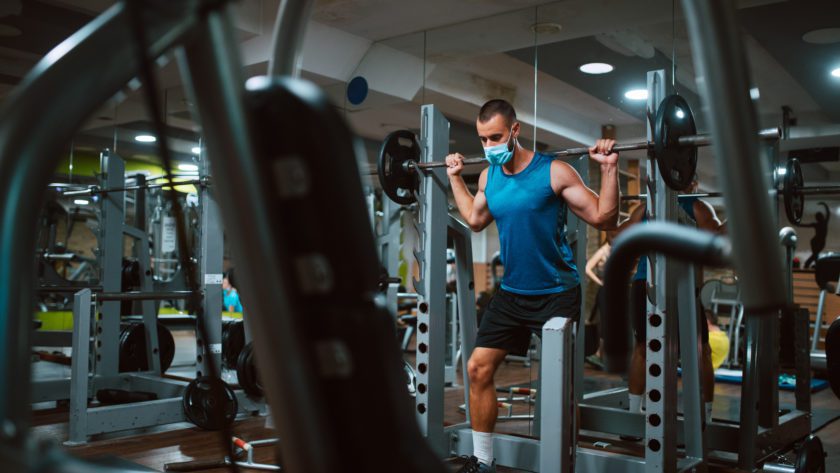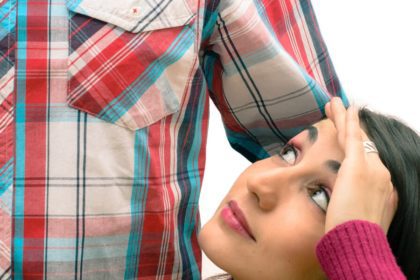As some gyms have started to re-open, many are anxious to get back to their pre-COVID exercise routines. With new health and safety rules and protocols in place at the gym, last week we went over some of the fitness practices of exercising with a mask. Here are more do’s and don’ts on exercising safely with a mask.
Health Warning
Don’t exercise with a mask if you have health conditions, if you are pregnant, have a type 2 diabetes, and/or have a pre-existing heart or respiratory condition, such as:
- COPD (chronic obstructive pulmonary disorder)
- Asthma
- Chronic bronchitis
- Pulmonary fibrosis
- Any other lung conditions
DO’s and DON’Ts
1. DO monitor your symptoms (similar to altitude sickness). The concentration of oxygen in room air is 21% oxygen at sea level. Wearing a face mask when running on a treadmill can reduce oxygen concentration to as much as 19.5% (equivalent to 2,000 ft above sea level) to 17% (equivalent to nearly 5,000 ft above sea level).
Further decreases in oxygen concentration (from exercising harder and longer) would result in symptoms similar to altitude sickness, such as:
- Increased heart rate
- Shortness of breath
- Dizziness
- Lightheadedness
- Nausea
2. DON’T confuse exercise effects with a serious health condition. Serious health conditions include:
- Heart arrhythmia (sometimes exercise triggers an irregular heart rhythm)
- Dehydration
- Low blood pressure or low blood sugar
- Lack of oxygen
STOP exercising when symptoms occur, and remove your mask to increase flow of oxygen to the lungs. Get out into fresh air if possible. Get immediate medical attention if symptoms persist.
3. DO allow your cardiorespiratory system to adapt. Fitness adaptations to changes in overload during workouts can occur.
Similar to adapting to exercise at high altitudes, gradually allow your cardiorespiratory system to adapt to the reduced oxygen intake caused by the face mask. Expect it to take weeks before training at previous exercise intensities.
- Don’t exercise at high-intensities without adapting gradually. Since oxygen concentration is diminished when exercising with a mask (similar to exercising at a high altitude), you may be feel more fatigued during and after the workout and may be unable to perform your “normal” routine.
4. DO monitor your exertion level and heart rate.
- Don’t overexert. Very demanding exercises, such as high-intensity interval training (HIIT), should be performed with caution or avoided altogether.
Don’t push yourself as hard as usual. Assess your exertion level by using the Rating of Perceived Exertion (RPE) and heart rate to monitor exercise intensity. Know when to stop exercising.
5. DO practice social distancing with a mask.

Karen’s Fit Tip: If your heart is set on returning to the gym, consider your own risk factors (age and underlying health conditions).





